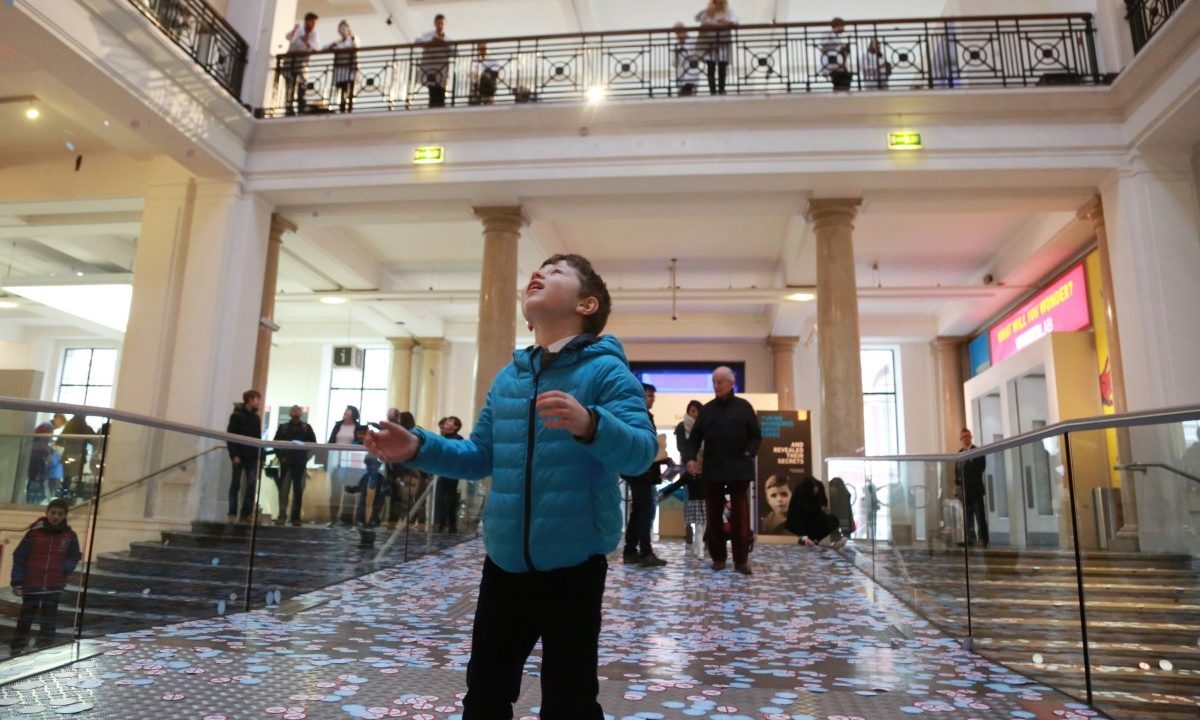Sponsorship is one of the cheapest and most effective ways for a fossil fuel company to clean up its image. Over the years, Statoil has formed many different partnerships to deflect attention from its plans to drill in the Arctic or the Great Australian Bight.
Currently, Statoil/Equinor is the sponsor of the Science Museum’s interactive science gallery for children: ‘Wonderlab: the Statoil Gallery’. At the official opening in 2016, Statoil was able to promote its brand and its business to UK government ministers and present itself as a company deeply concerned about young people’s futures. At that time, the company was pushing ahead with plans to drill in the fragile Arctic.
Like other oil companies, Statoil has also taken advantage of sponsoring sport, both individual athletes and high-profile competitive events. In the UK, Statoil targeted tennis and recruited Heather Watson as one of its ‘Heroes of Tomorrow’. And for several years, the Royal Albert Hall in London hosted the ‘Statoil Tennis Masters’ tournament featuring numerous elite tennis players. For the duration of the event, the Royal Albert Hall was bathed in a purple light to match the colour of the company’s logo.
In a more novel sponsorship strategy, Statoil branded Heathrow Airport’s mobile phone and laptop charging points, in an attempt to connect with an ‘affluent and influential connected audience’. This simple but effective promotional project helped the oil and gas giant to appear like a helping hand rather than be associated with the impacts of its ongoing extraction of fossil fuels.
